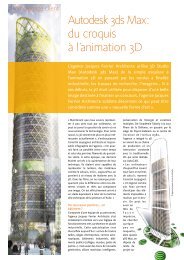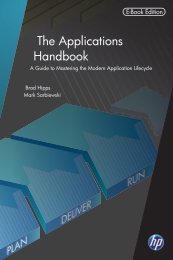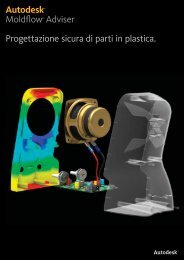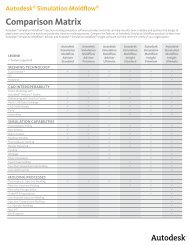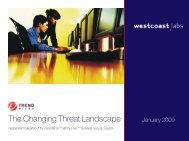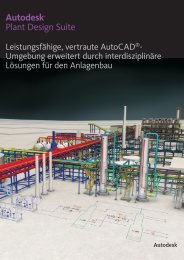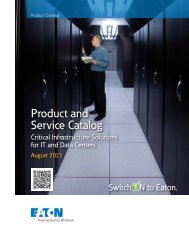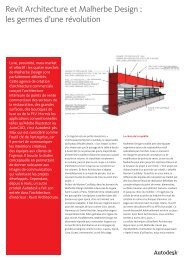red hat enterprise virtualization performance: specvirt ... - Zift Solutions
red hat enterprise virtualization performance: specvirt ... - Zift Solutions
red hat enterprise virtualization performance: specvirt ... - Zift Solutions
You also want an ePaper? Increase the reach of your titles
YUMPU automatically turns print PDFs into web optimized ePapers that Google loves.
vSphere 5 cost is highest, more variable, pushes Enterprise Plus<br />
With the addition of vRAM licensing, vSphere 5 pricing is now the highest, averaging<br />
$17.38/SPECvirt_sc2010, which is 6.38 times the average cost per SPECvirt_sc2010 of RHEV,<br />
and an increase of 2.8 times the cost of licensing the previous version vSphere 4. This<br />
represents a substantial increase in the cost of the hypervisor. The costs for vSphere 5 are<br />
also highly variable, with a low of $10.19/SPECvirt_sc2010 to a high of<br />
$35.29/SPECvirt_sc2010.<br />
The reason for this increased cost is t<strong>hat</strong> you must license the greater of the per-socket cost<br />
or the per-vRAM cost. High <strong>performance</strong> and utilization of <strong>virtualization</strong> involves many<br />
virtual machines with a large amount of vRAM; and in each of these cases the vRAM cost is<br />
w<strong>hat</strong> needs to be used to determine the cost of the vSphere licensing.<br />
In all of these cases, the cost was calculated using the Enterprise Plus Edition of VSphere 5.<br />
Why? Although Enterprise Edition is less expensive per socket, it only comes with 64 GB<br />
vRAM per license. Enterprise Plus comes with 96 GB of vRAM per license. In these cost<br />
calculations, it was actually less expensive to upgrade to Enterprise Plus solely to license the<br />
vRAM.<br />
The range of costs for vSphere 5 is also more variable than with the socket-based licensing<br />
of vSphere 4 and RHEV, because for each of the test systems, virtual machines were tuned<br />
for <strong>performance</strong>, not for vRAM utilization. When only socket count needs to be conside<strong>red</strong>,<br />
one can be conservative and give the virtual machines more RAM and allow the hypervisor to<br />
manage the memory.<br />
Because VMware users now have to pay for vRAM, an additional optimization to minimize the<br />
vRAM in each VM may be necessary to lower costs. Time and effort spent on optimizing<br />
vRAM may add a hidden cost to your <strong>virtualization</strong> environment in addition to the higher<br />
overall cost of licensing vRAM, and may require trade-offs in either <strong>performance</strong> or cost.<br />
SUMMARY<br />
In conclusion, Red Hat Enterprise Virtualization not only offers great <strong>performance</strong> on the<br />
only independent <strong>virtualization</strong> benchmark, it does so at a great cost/<strong>performance</strong> ratio<br />
especially when you take the vRAM licensing of vSphere 5 into account.<br />
WHAT’S NEXT<br />
For more information, please go to www.<strong>red</strong><strong>hat</strong>.com/rhev or contact your Red Hat<br />
authorized reseller or local Red Hat sales office.<br />
www.<strong>red</strong><strong>hat</strong>.com




